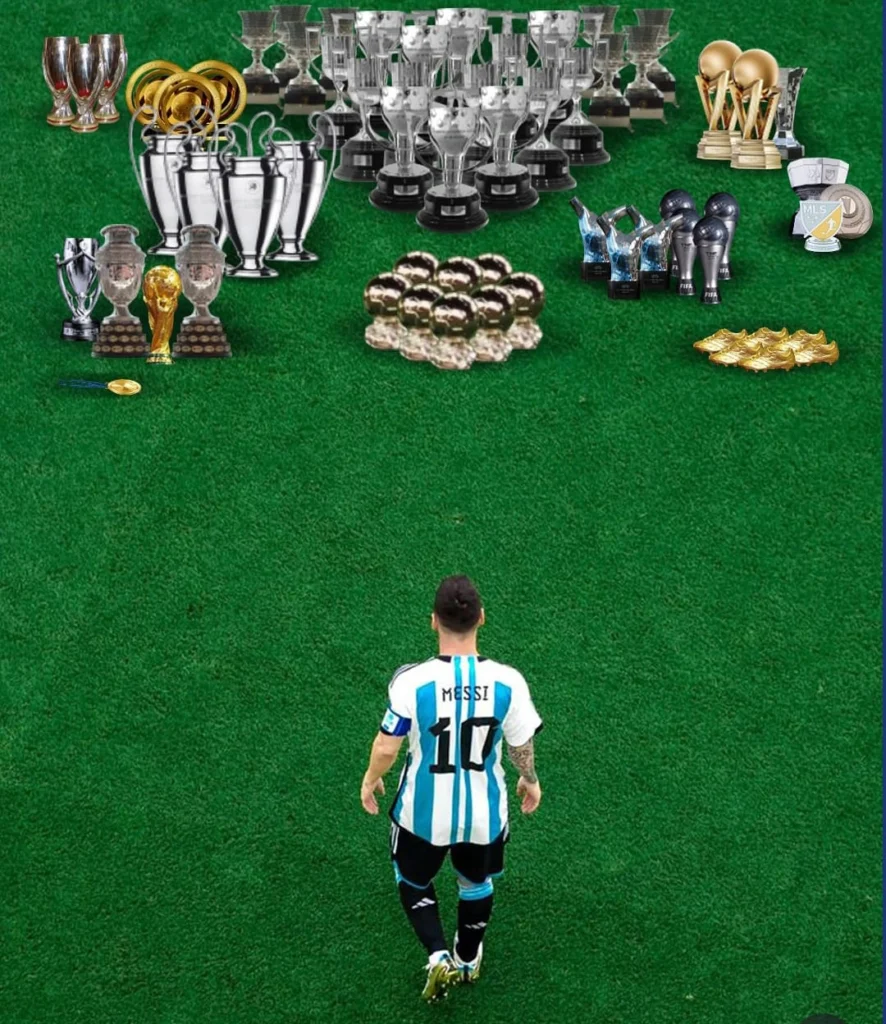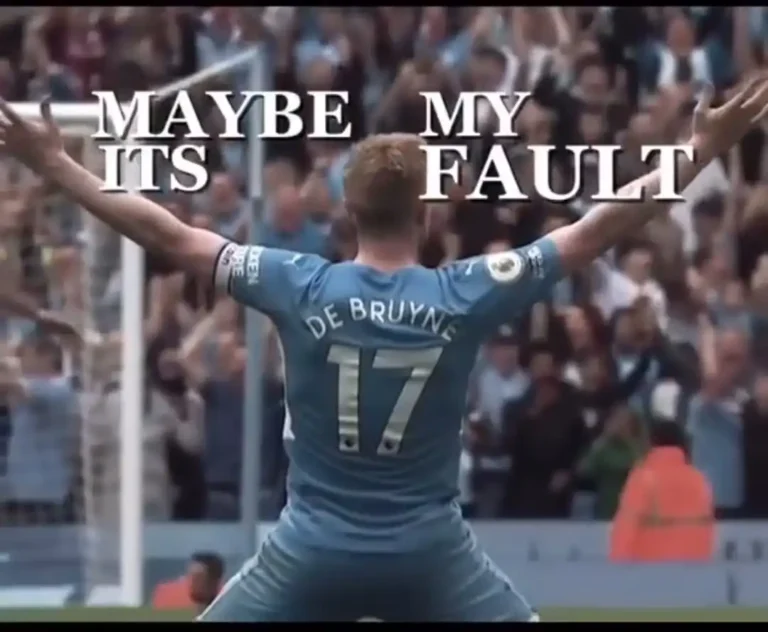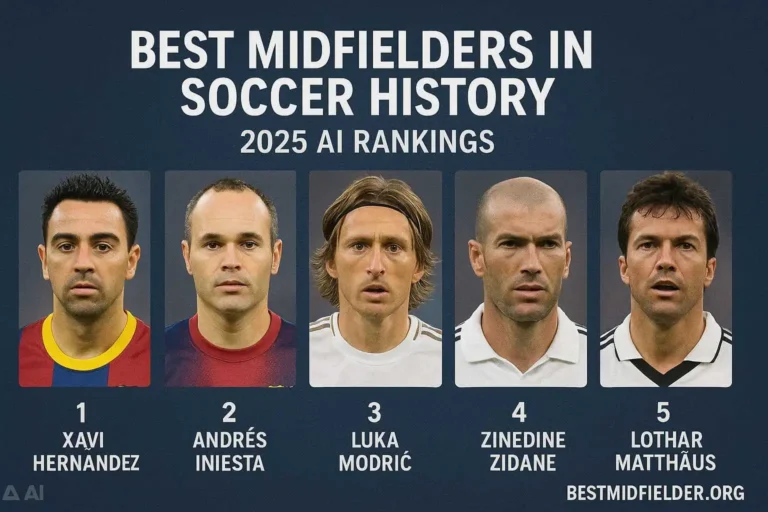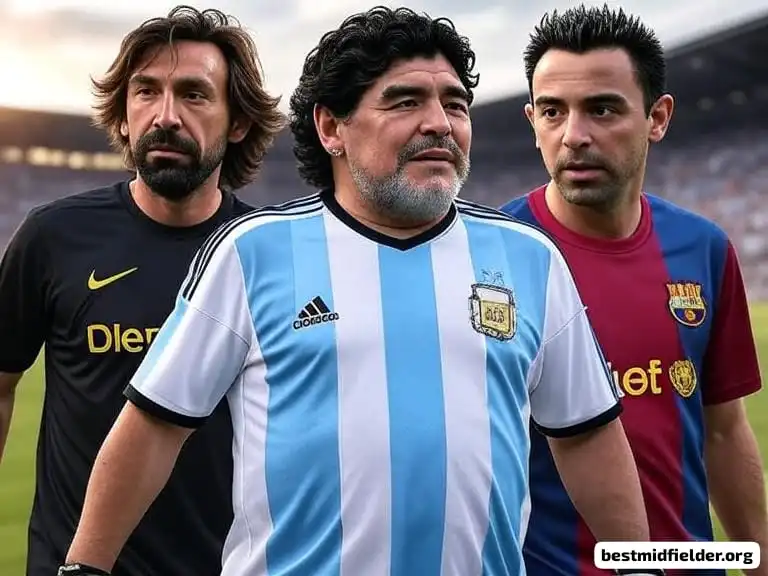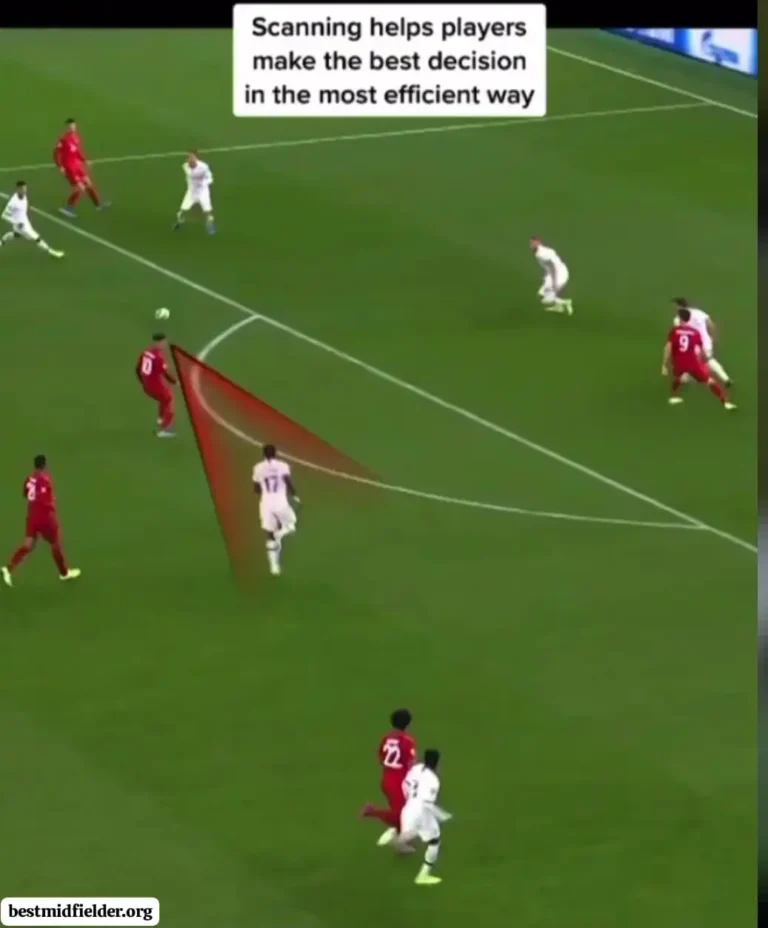The Positional Chameleon: Is Lionel Messi a Midfielder? Unpacking Football’s Most Fluid Genius
The question “Is Lionel Messi a midfielder?” seems simple, but it strikes at the heart of football’s evolving tactics and the unique, transcendent nature of Messi’s career. The answer isn’t a straightforward yes or no; it’s a fascinating exploration of positional fluidity, tactical evolution, and a player who consistently defies traditional labels. Messi is, fundamentally, an attacker. However, to box him purely as a forward ignores the profound depth and playmaking mastery that defines his game, especially in its later chapters. He operates in a realm where the lines between forward, playmaker, and midfielder blur into pure footballing artistry.
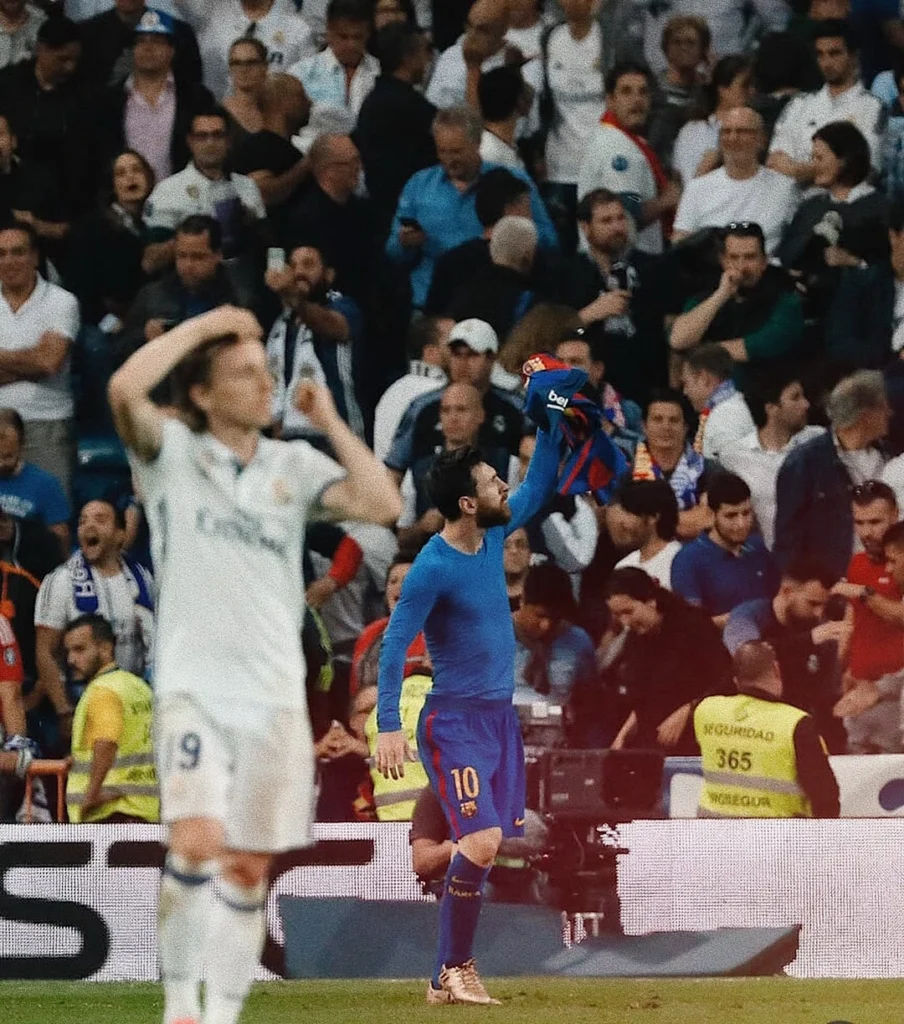
The Foundation: Winger and False Nine (The Early & Peak Barcelona Years of messi)
- Starting Point: Right Wing (RW): Messi exploded onto the scene as a dynamic, left-footed right winger (often designated as a 7 or 11). His primary role was to receive the ball wide, cut inside onto his magical left foot, and either score devastating goals or deliver killer passes/crosses. His dribbling, acceleration, and finishing were already world-class. He was unequivocally a forward.
- The Pep Revolution: False Nine (CF/ST – but not really): Pep Guardiola’s tactical masterstroke was repositioning Messi centrally as a “False Nine” (nominally a 9, but functioning very differently). Instead of playing as a traditional striker leading the line, Messi would drop deep into midfield spaces between the opposition’s defensive and midfield lines. This:
- Pulled defenders out of position, creating chaos.
- Allowed wingers (Villa, Pedro, later Neymar/Suarez) to exploit the spaces behind.
- Turned Messi into the central playmaker while still being the primary goal threat. He orchestrated attacks from these withdrawn positions, receiving the ball in areas typically occupied by attacking midfielders (10s) or even deep-lying playmakers (8s). His passing range and vision became as lethal as his finishing. He was a forward playing a hybrid role with heavy midfield responsibilities.
The Evolution: Deep-Lying Playmaker and Hybrid Creator (Later Barcelona, PSG, Inter Miami, Argentina)
As Messi’s explosive pace naturally diminished slightly with age (though his acceleration and agility remained remarkable), his game underwent a significant, intelligent evolution. He relied even more on his unparalleled footballing IQ, close control, passing genius, and understanding of space.
- Dropping Deeper: Messi began spending even more time collecting the ball from deeper midfield positions, often initiating attacks himself. His heatmaps consistently showed him operating in central midfield zones (zones 8 and 10), not just the final third.
- Playmaking Supremacy: His role became less about being the last man and more about being the decisive man, often the penultimate man. His metrics for key passes, through balls, expected assists (xA), and progressive passes skyrocketed, consistently placing him at the very top globally, alongside traditional midfield maestros like Kevin De Bruyne. Statistically, he was producing numbers expected of the world’s best midfield playmakers.
- Hybrid Role Defined of leo: In this phase, Messi occupied a unique space:
- Positionally: Often started nominally as a right-sided forward (RW) or second striker (SS/10), but had complete freedom to roam.
- Functionally: Acted as the team’s primary creative hub, dictating tempo, unlocking defenses with visionary passes, and still arriving late in the box to score crucial goals. He became less focused on high-intensity pressing and more on controlling the game’s rhythm from advanced midfield areas.
- The 2022 World Cup Exemplar: Argentina’s triumph was arguably the ultimate showcase of Messi as the hybrid creator-king. While Julian Alvarez played as the traditional striker (9), Messi operated as a free-roaming 10, constantly dropping into midfield to receive the ball, orchestrate play, and deliver moments of genius (his assist against Croatia is a midfield maestro’s dream pass). He was Argentina’s heartbeat, their chief playmaker, and their top scorer. He played like the world’s most dangerous attacking midfielder.
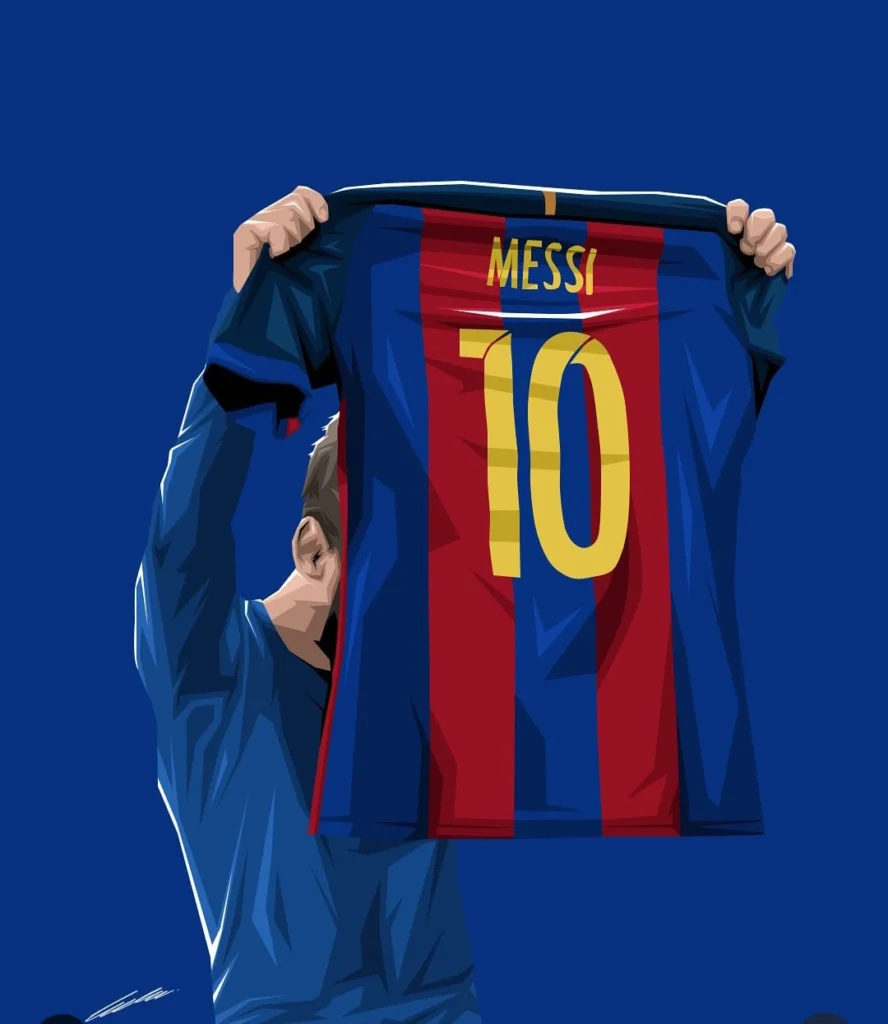
Why the “Midfielder” Label Doesn’t Quite Fit for messi position (But Why It’s Tempting)
- Primary Objective: Messi’s primary objective is still to create and score goals in the final third. His positioning, however deep, is always geared towards influencing the attack decisively. Traditional midfielders (6s, 8s) often have more defensive responsibilities or focus on controlling the entire game’s flow from deeper zones.
- Defensive Contribution: While Messi’s position in defensive work rate improved significantly, especially with Argentina, he doesn’t perform the consistent defensive duties (tackling, tracking back, positional discipline in the defensive phase) expected of a true central midfielder. His genius is conserved for attacking moments.
- Positional Freedom: He isn’t constrained by the positional responsibilities of a typical midfielder. He roams wherever he can be most effective, often ending up in the penalty area.
Why the “Midfielder” Label Is Relevant (The Core of the Debate)
- Zone of Operation: He spends vast portions of modern games operating in central midfield areas, receiving the ball under pressure and initiating attacks – the core function of a playmaking midfielder.
- Playmaking Stats: His passing volume, chance creation, and assist numbers are consistently elite and mirror, or surpass, those of the best attacking midfielders in the world. He is his team’s chief playmaker.
- Tactical Role: Teams are built around Messi being the creative focal point, the player who sees the whole picture and dictates the attacking rhythm from advanced midfield positions. This is the quintessential role of a classic number 10.
The Verdict: Beyond Labels – Football’s Ultimate Hybrid
So, is Lionel Messi a midfielder? Strictly speaking, no. He is not deployed in a traditional midfield role (CM, CDM, CAM with fixed duties), and his primary purpose remains scoring and creating goals in the attacking third.
However, is he functionally a midfielder for significant portions of the game? Absolutely, yes. Particularly in the latter stages of his career, his role has become that of a deep-lying forward, a free-roaming playmaker, or an ultra-advanced regista – positions that blend the attributes of a world-class attacking midfielder with the lethal efficiency of a forward.
Messi transcends traditional positional definitions. He is a unique hybrid, a player who seamlessly merges the roles of goalscorer, chance creator, and tempo-setter. He starts as a forward on the team sheet but operates as the team’s creative brain, often from midfield zones. To call him just a forward ignores his profound influence on the build-up and orchestration of play. To call him just a midfielder ignores his primary location on the pitch and his relentless focus on the final product (goals and assists).
He is, quite simply, Lionel Messi – a category of one, a footballing paradox who forces us to rethink how we define positions on the pitch. He isn’t confined by labels; he defines the spaces he occupies, whether that’s the penalty area or the center circle, making magic happen wherever the ball lands at his feet.
